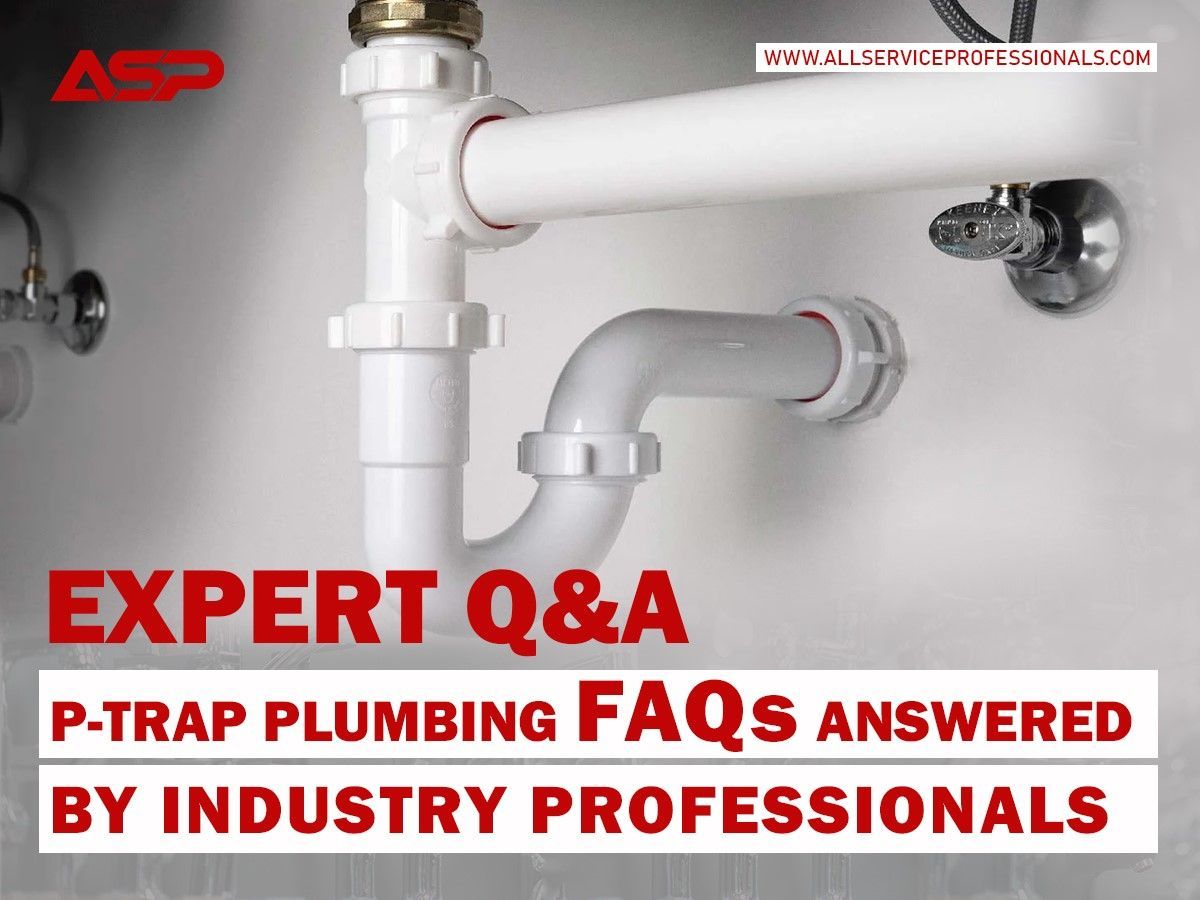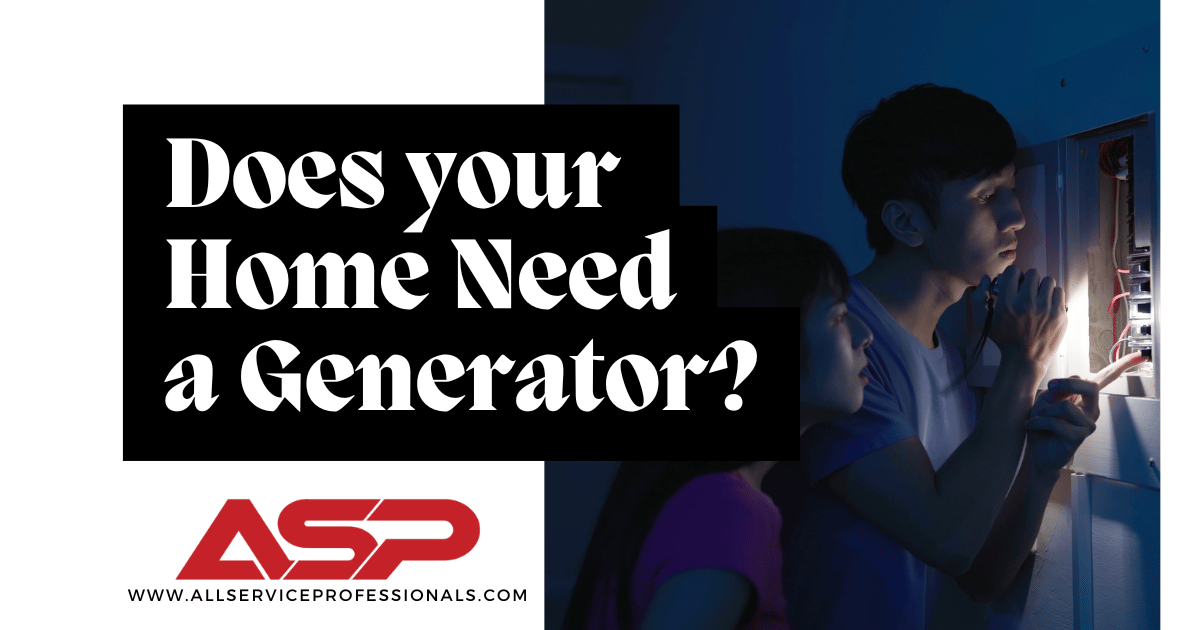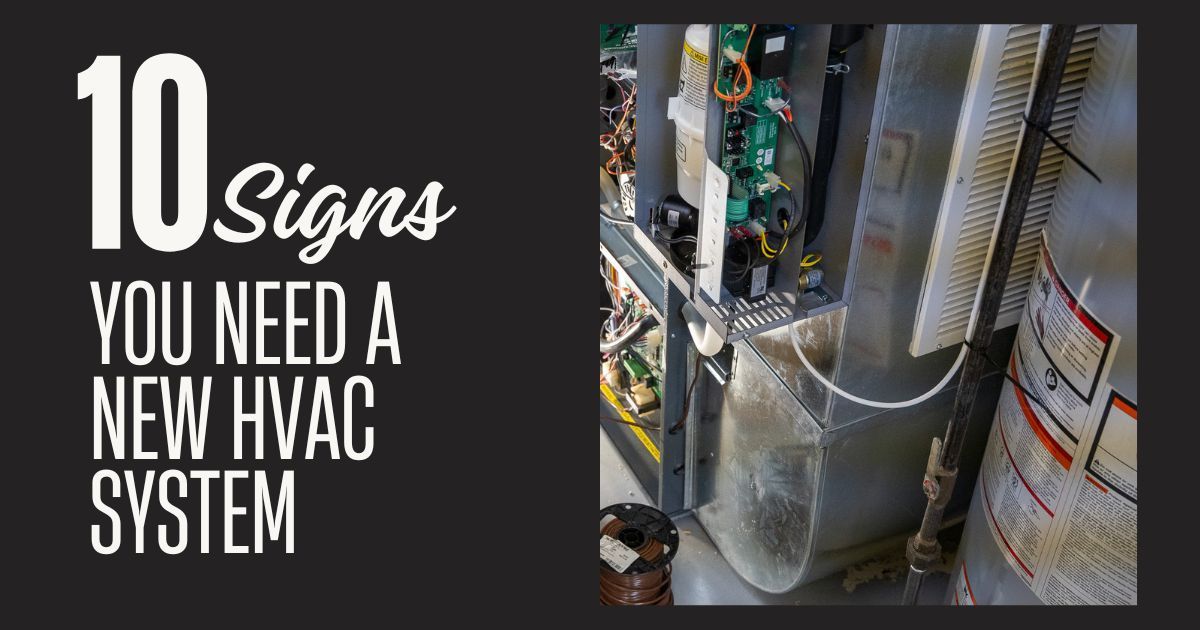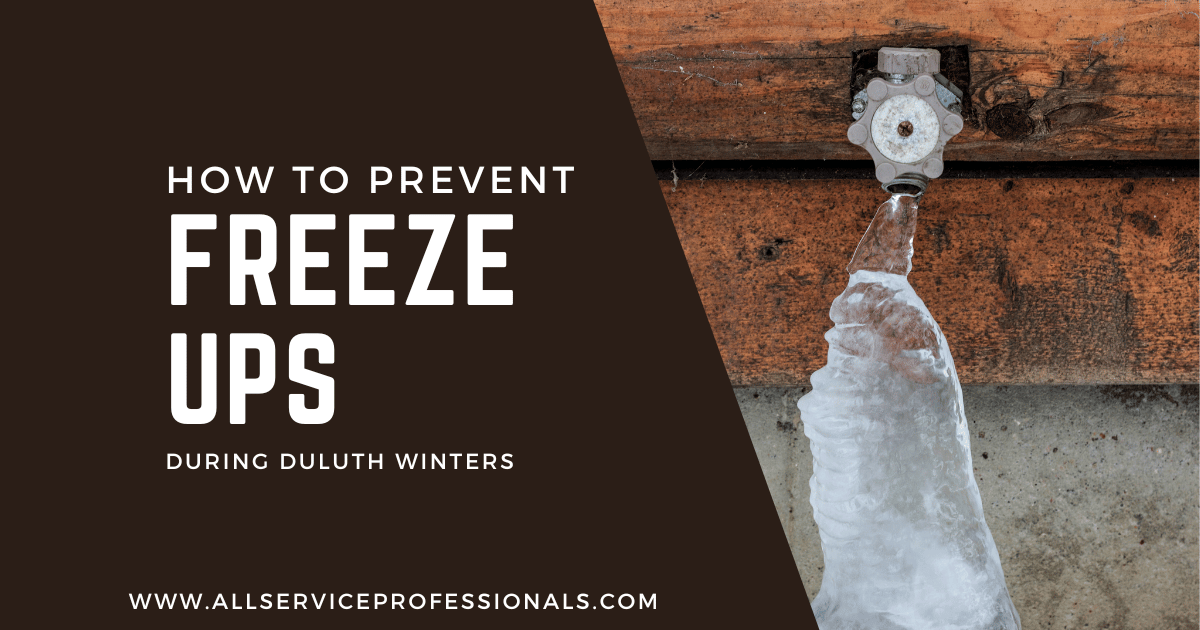ASP's Top Service Tips and Recommendations
Expert Q&A: P-Trap Plumbing FAQs Answered by Industry Professionals

Introduction:
Welcome to ASP's latest expert Q&A session, where we delve into the world of P-trap plumbing and bring you answers to frequently asked questions from industry professionals. The P-trap is a crucial component of any plumbing system, designed to prevent sewer gases from entering your home or workplace. In this article, we have gathered insights and expertise from seasoned professionals in the plumbing industry, working under the banner of ASP, to address common queries and provide valuable information. So, let's dive in and have your P-trap plumbing FAQs answered by the best in the business at ASP.
Q1: What is a P-trap, and why is it essential for plumbing systems?
A P-trap is a curved section of pipe in the shape of the letter "P" installed below sinks, toilets, and other plumbing fixtures. Its primary purpose is to create a water seal, preventing sewer gases from backing into the building. The water in the P-trap forms a barrier that blocks the passage of foul odors, ensuring a healthy and safe environment.
Q2: How does a P-trap work, and what happens if it becomes clogged?
A: The functioning of a P-trap is relatively simple. The curved shape of the trap allows water to collect and create a seal that prevents the gases from flowing back into the building. If a P-trap becomes clogged, it can lead to several issues. A blocked P-trap may cause slow drainage, unpleasant odors, or even sewer backups. Regular maintenance and cleaning are necessary to keep the trap clear of debris and ensure its optimal performance.
Q3: Are there different P-traps available, and how do I choose the right one?
A: Yes. It is important to note that a variety of P-traps exist, including the traditional P-trap. S-trap, and bottle trap. The choice of which P-trap to use depends on several factors, such as the specific fixture being installed. For most applications, the traditional P-trap is commonly utilized; however, In certain situations. Alternatives like S traps and bottle traps may be more suitable. To ensure you choose the correct P-trap for your needs seeking guidance from a professional plumber from ASP is highly recommended. Their expertise will enable them to assist you in selecting the appropriate P- trap that aligns perfectly with your specific requirements.
Q4: Can I install a P-trap, or should I hire a professional plumber?
A: While some plumbing tasks can be tackled by enthusiastic Dyers, installing a P-trap requires a certain level of expertise. Incorrect installation can lead to leaks, inefficient drainage, or even health hazards due to gas leakage. It is highly recommended to hire a licensed plumber who has the knowledge and experience to ensure the P-trap is installed correctly and functions optimally.
Q5: How often should a P-trap be cleaned, and what is the best way to do it?
A: Regular P-trap cleaning is crucial for ASP's customers to prevent clogs and maintain proper drainage. The frequency of cleaning depends on factors such as usage, the type of fixture, and the presence of debris or grease. As a general guideline, ASP recommends cleaning P-traps at least twice a year. To clean a P-trap, start by placing a bucket under the trap to catch any water. Unscrew the nuts or connectors holding the trap in place, remove the trap, and clean it thoroughly with a brush or a solution of mild detergent and water. Rinse the trap, reassemble it carefully, and have ASP's experts check for any leaks after installation. Ensuring a clean P-trap will help optimize your plumbing system's performance and prevent potential issues down the line.
Conclusion:
Understanding the importance of a properly functioning P-trap is essential for maintaining a healthy plumbing system. In this expert Q&A session, we have addressed some of the most common FAQs about P-trap plumbing, providing insights from industry professionals. Remember to consult a licensed plumber for any specific concerns or installations, as they have the expertise to ensure your plumbing system operates efficiently and safely. By staying informed and taking proactive measures, you can keep your P-trap in excellent condition and enjoy a worry-free plumbing experience.
ASP's Top Service Tips and Recommendations.

Providing service in Northern MN & WI.
Duluth, Proctor, Esko, Cloquet, Hermantown, Carlton, Two Harbors, Beaver Bay, Silver Bay, Moose Lake, Barnum, MN & Superior, South Range, WI, including all surrounding areas.
Phone: (218) 464-9965
5028 Miller Trunk Hwy Hermantown, MN 55811
EMERGENCY SERVICE
Open 24/7
218-394-7035
MN License #PC648787, #EA780597
Privacy Policy ASP © 2025 All Rights Reserved


